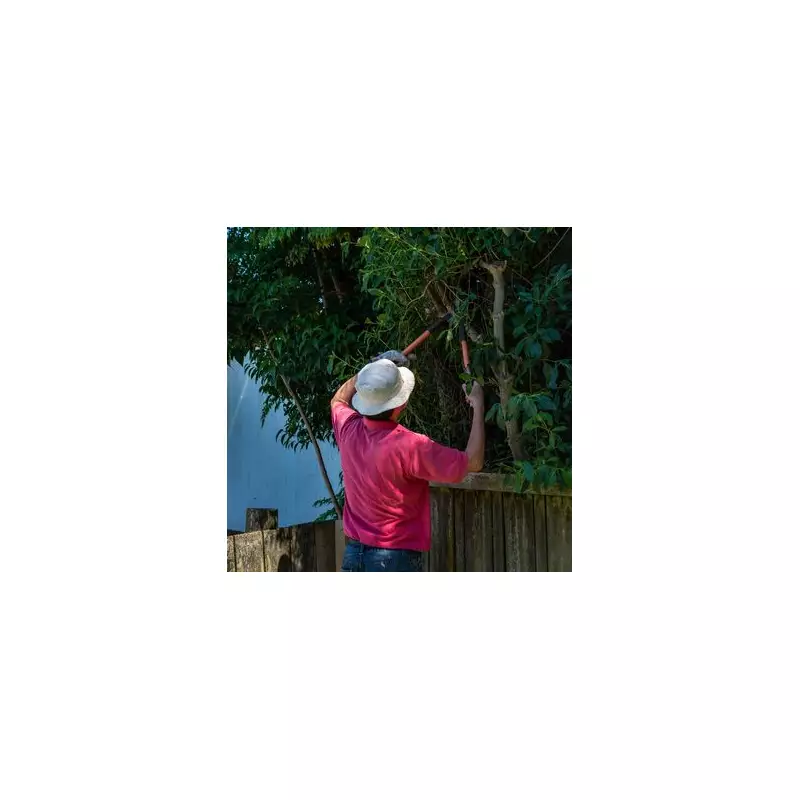
That beautiful oak or bothersome birch whose branches stretch from your neighbour's garden into yours can be a source of tension for many homeowners. When foliage invades your airspace, knowing your legal standing is crucial to maintaining both your property and neighbourly relations.
What the Law Says About Overhanging Branches
Under UK common law, you possess specific rights when it comes to vegetation crossing property boundaries. The key principle is straightforward: you may remove any parts of a tree or hedge that extend over your boundary line, including branches and roots.
Your Rights to Trim and Cut
You are legally entitled to:
- Cut back branches and roots to your property boundary
- Keep any cuttings from the work (though offering them back to your neighbour is considered good manners)
- Access your neighbour's property with permission if necessary to complete the work safely
Important Legal Limitations and Considerations
While you have the right to trim overhanging vegetation, several crucial restrictions apply:
What You Cannot Do
- Enter your neighbour's property without permission - you must obtain consent before stepping onto their land
- Damage the tree's health - cutting that would kill the tree or make it unstable could leave you liable
- Dispose of cuttings on their property - this could constitute fly-tipping
- Interfere with protected trees - always check for Tree Preservation Orders first
Who Bears the Cost?
Generally, you must cover the expense of cutting back overhanging branches, even though the tree belongs to your neighbour. The exception occurs when the tree poses an immediate danger or is causing actual damage to your property.
When Damage Occurs: Who's Responsible?
If overhanging branches cause genuine damage to your property - such as root systems compromising foundations or branches damaging structures - your neighbour may be liable. However, they're typically only responsible if they were aware of the risk and neglected to address it.
Resolving Disputes Amicably
Before reaching for the secateurs, consider these diplomatic approaches:
- Have a friendly conversation with your neighbour about your concerns
- Offer to share the cost of professional trimming
- Put your concerns in writing if discussions prove difficult
- Consider mediation through services like Garden Law or the Citizens Advice Bureau
Special Cases: Protected Trees and High Hedges
Some trees enjoy special protection through Tree Preservation Orders (TPOs) or conservation area status. Always contact your local council before undertaking any work, as fines for damaging protected trees can reach £20,000.
For hedge disputes, the Anti-Social Behaviour Act 2003 provides additional remedies for problems with evergreen hedges over two metres tall.
Understanding your rights and responsibilities can transform a potential neighbourhood conflict into a manageable gardening task. Always approach the situation with courtesy, and when in doubt, seek professional legal advice tailored to your specific circumstances.




